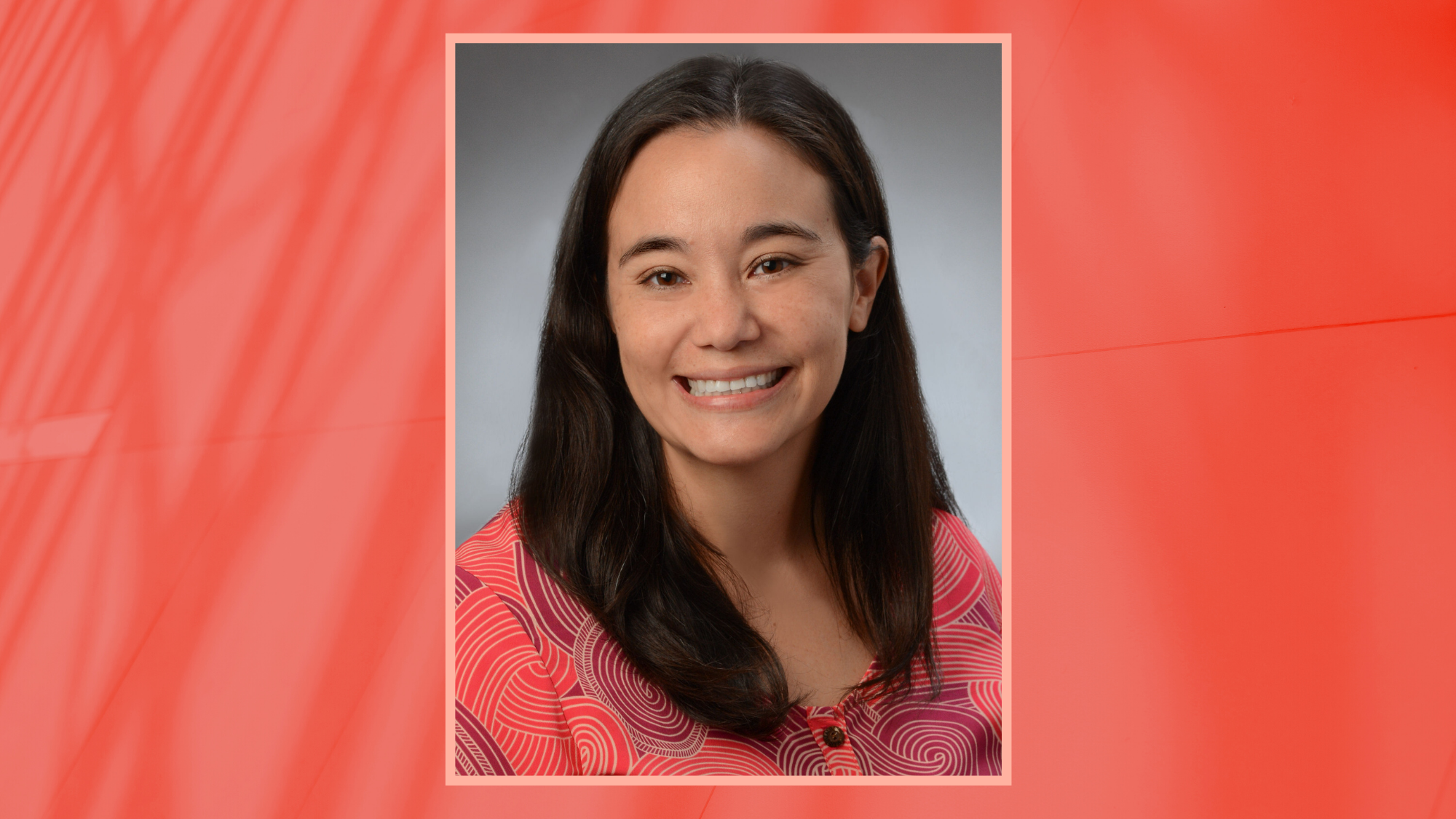She’s targeting meaningful PD for HSTA members
Posted: July 8, 2021
Logan Okita became vice president of the Hawaii State Teachers Association on July 5, bringing her experience as an elementary school teacher and various leadership roles within the HSTA to her new position.
Okita replaces Osa Tui, Jr., who took over as president of HSTA on the same date.
Okita grew up in Palolo on Oahu and attended Epiphany Elementary, a small Episcopalian private school in Kaimuki that is now a part of Mid Pacific Institute. She attended Jarrett Middle and Kaimuki High before earning her bachelor’s degree in education and learning from Pacific University in Oregon. She went on to earn her master’s in education from the University of Hawaii at Manoa while teaching.
Okita’s aunt and uncle both taught at Kailua High, and Okita recalled the long hours they put into their work at home.
“We would spend Sundays at their house, but they often had work they brought home to grade and planning that they had to do,” Okita said. “When we went there, my grandma would help with chores for the week because they were both so busy in the classroom. It gave me a real-life taste of what teaching is like.”
Okita pursued elementary education, first teaching third grade at Fern Elementary for a teacher who extended her maternity leave. The next school year, she taught fourth grade, then kindergarten and second grade for a few years before transferring to Nimitz Elementary, where she’s taught first grade for the past eight years.
“First grade was the perfect medium I wanted,” Okita said.
In addition to teaching elementary students, Okita facilitated Jump Start, a summer professional development curriculum from the National Education Association to help teachers prepare for the national board process.
“People who go through Jump Start are way more prepared for starting the process of getting nationally board-certified,” Okita said. “Then there’s a test, portfolio requirements and video requirements. It can be very rigorous, but we help them map it out.”
During her time at Fern Elementary, Okita joined HSTA as a faculty representative. She didn’t like the way the principal at her school made decisions, and by becoming a faculty representative, she could ensure protocols were being followed and enforced.
“When I felt things weren’t going the right way, I stepped up to do something about it,” Okita said.
Okita was later appointed as the state chair of HSTA’s Youth, Human and Civil Rights Committee, now known as the Human and Civil Rights Committee. She also successfully ran for a seat on the board, a position she held for four years. She most recently served as secretary-treasurer for the past three years, overseeing the union’s finances and budget.
Because of her various union leadership roles, Okita learned about the planning and decision-making that happen at the union level before big steps can take place.
“I have an understanding about how our committees work and the various roles, and about how teachers are finding a balance between their union work, classroom work, or school-level work,” Okita said. “During my term as secretary-treasurer, I was still a full-time classroom teacher, doing professional development (PD), facilitating national board PD and balancing everything at home. It made me empathetic to what our members are doing and how we can support them.”
Okita ran for vice president because she wanted to continue supporting members on the ground, and her goal is to help members see HSTA as their union. She also believes that a teacher’s working conditions are a student’s learning conditions.
“If it’s not an environment where I’m able to work, it’s definitely not an environment where a student is able to learn,” Okita said. “We’re making sure teachers have access to professional development that improves what they’re teaching and how they’re teaching. And we advocate for issues that impact our students.”
As vice president of HSTA, Okita’s top priority is making PD opportunities available to teachers. She said that PD is more meaningful when teachers can apply what they’ve learned into all aspects of their lives, not only the classroom. Okita’s other responsibilities include supporting HSTA’s committees and their special projects.
She encourages all HSTA members to get active in the union by becoming a school-level leader, attending Institute and participating in chapter meetings and events.
“The only way to guide the work of the organization is to be involved in the organization,” Okita said. “If teachers want to see HSTA working toward a specific goal, they have to be involved in order to make that a priority.”

